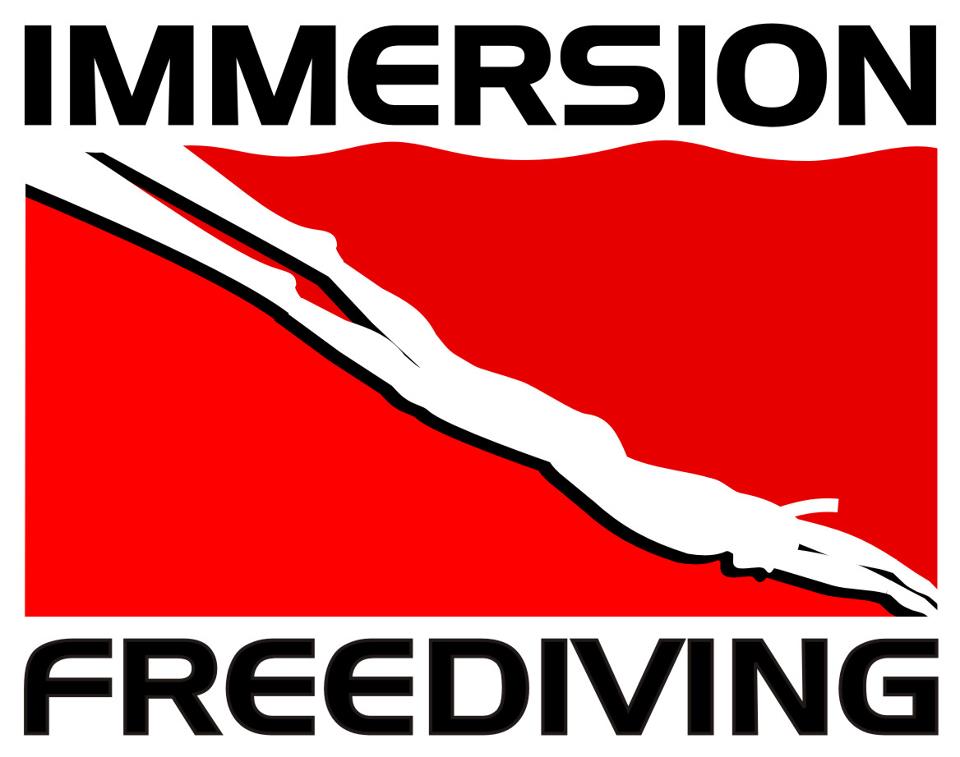Every time you make a dive there is a period of time in-between your actual dives that has a large impact on what happens during your dive. There are two main components of that time that I want to address. How you are breathing and what’s going on in your head.
You’ve probably heard people taking about “breath-ups”; this just refers to how you are breathing before a dive. There are tons of different ways to do this. Every freediving class will teach some type of specific breath up. In my opinion, it’s less important as to what specific breathe up you are using but more important that you are conscious of how you are breathing. Many spear fisherman pay no attention to how they are breathing and this is done at their detriment.
This is how I teach all my students to breathe. This was taught to me by Performance Freediving International founder Kirk Krack during my first PFI course back in 2008. If it works for Kirk, it’s good enough for me.
First off is how big a breath should you be taking? Not a full breath, just a breath from your diaphragm. So when you are inhaling your stomach should be moving out and your chest should not be moving at all. So this is just a breath from the diaphragm, again not a full breath. Taking the biggest breath you can and breathing like this would be hyperventilation and therefore dangerous. The inflation process should take 2 seconds, and then you hold your breath for 2 seconds after you have inhaled and finally perform a slow 10 second exhale down to what we call a relaxed volume. What I mean is you don’t exhale every single ounce of air out of your lungs during this exhale only to what feels relaxed. After the 10 second exhale you hold your breath again for 2 seconds and repeat the process. So inhale for 2 seconds, hold for 2 seconds, exhale for 10 seconds and hold for 2 seconds then repeat. If this is difficult to do in any way it is because you are exhaling too much air. Make sure to use your tongue and teeth to restrict the airflow during the exhale, you should be making a hissing sound during the exhalation.
This is what we call doing your ventilations. I teach my students to be doing this ALL the time when they are on the surface. To see video demonstration of this breathing go to www.Immersionfreediivng.com/breathing. This is very similar to types of breathing you would learn in a yoga class or a stress management clinic. If you try breathing like this for a few minutes you will feel you heart rate slow and just feel relaxed.
During class students hear my voice saying inhale, pause, pause, exhale, 1 one thousand 2 one thousand etc. as I guide them through breathing at first. After they have gotten used to doing the breathing this way, I tell them to say that count in their head while they breathe up. Here’s the deal, we are not that smart. If you are saying that count in your head you won’t be able to think about anything else. You won’t be stressed about the dive because you are focused on the counting and that in and of itself relaxes you.
This is just one small piece of information on breathing during a PFI Freediving course. No article, YouTube video, or advice from your buddy will replace the information learned during a formal course.
